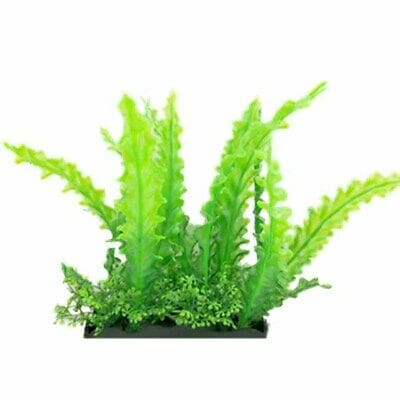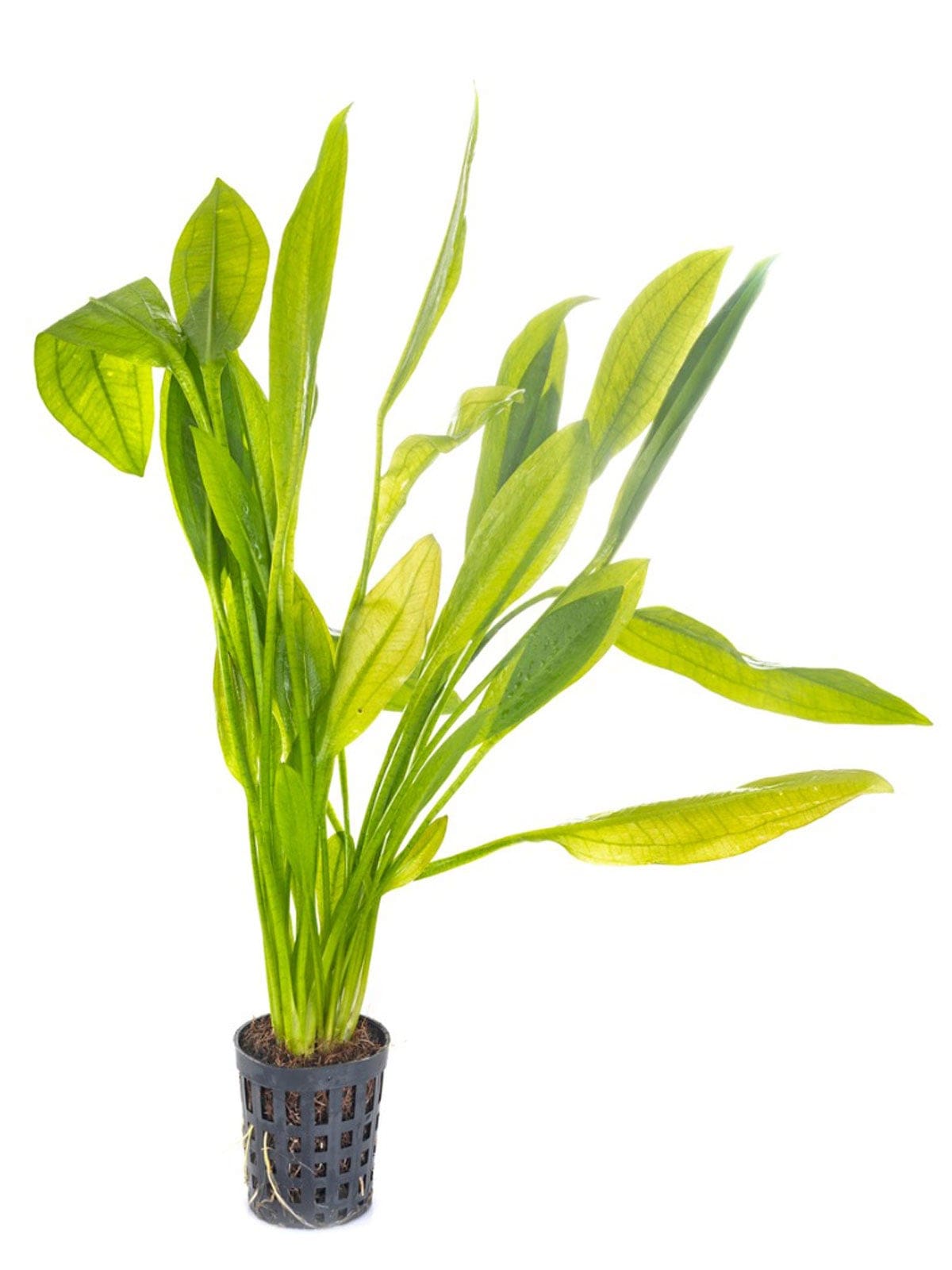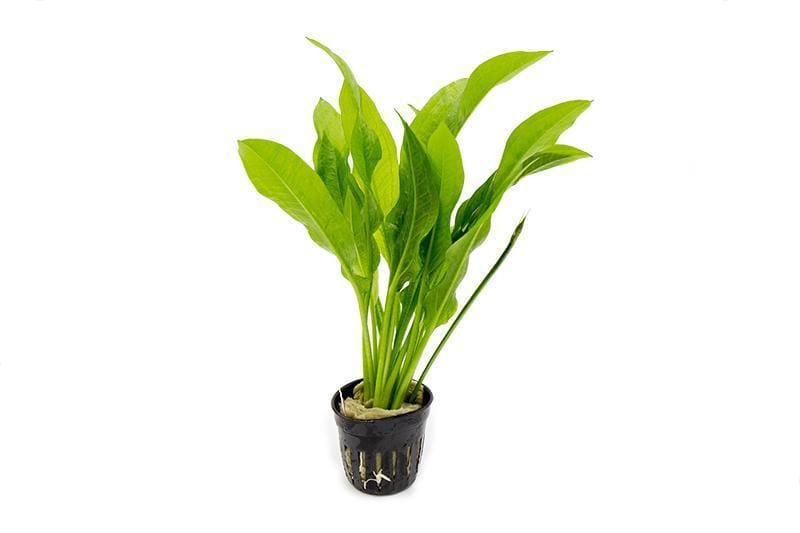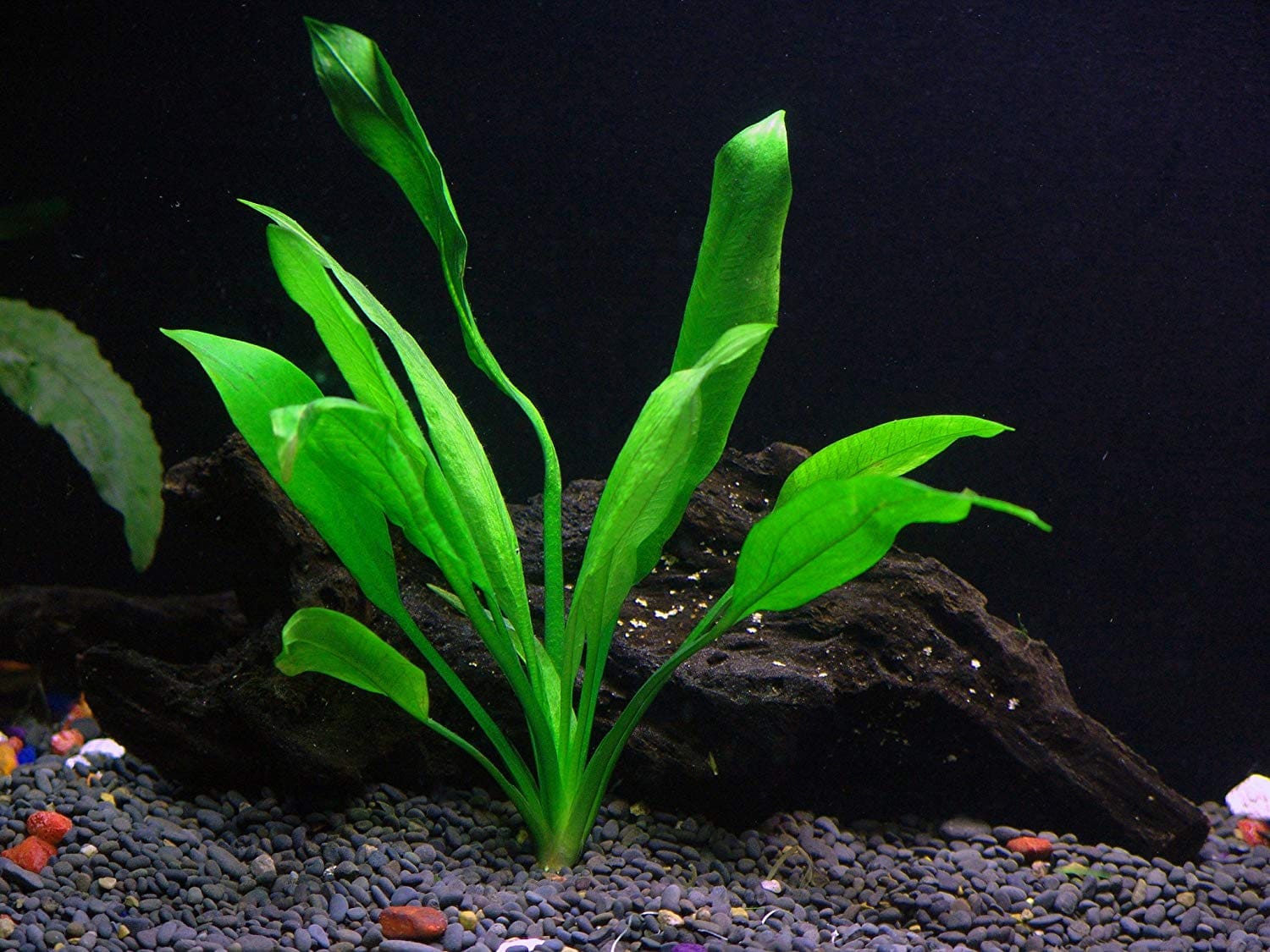In the intricate sphere of aquatic flora, one may find the Wavy-edged Swordplant imparting an artistic aesthetic to aquarium landscapes. As you embark on this article, you will be guided to comprehend the impressive features that make this aquatic plant stand out in the aquatic fraternity. Through an intricate exploration of its origin, identifiable attributes, and requirements for healthy growth, you will not only appreciate the uniqueness of Wavy-edged Swordplant but also gain insights that can be applied in personal aquatic gardening.

Brief Overview of Wavy-edged Swordplant
The Wavy-edged Swordplant is an aquatic plant loved by many aquarium enthusiasts. Its unique advantages over other aquatic plants, such as its hardiness and beauty, make it an excellent choice for novice and experienced aquarists alike.
What is Wavy-edged Swordplant
Wavy-edged Swordplant is a species of aquatic plant marked by its striking wavy leaf margins – a characteristic from which it derives its name. The plant’s attractive foliage and relatively undemanding care requirements make it a favored addition to many aquariums.
Origin and Habitat
The Wavy-edged Swordplant is native to South America, where it occupies various aquatic habitats ranging from sedate riverbanks to fast-flowing streams. The plant has a versatile nature, a trait that allows it to thrive in diverse environments.
Botanical Description
Understanding the botanical structure of the Wavy-edged Swordplant aids in its identification and care. The plant is characterized by a few prominent features including its leaf structure, root system, and flowering processes.
Leaf Structure
The blades of the Wavy-edged Swordplant are notably long and broad, marked by unusual wavy margins. This wavy outline, paired with its green denim colour, makes it a visually appealing asset to any aquarium.
Root System
The Wavy-edged Swordplant has an extensive root system that allows it to anchor firmly to the substrate. The roots also play a crucial role in the uptake of nutrients from the substrate, making it important for the plant’s health and growth.
Flower and Seed Production
Occasionally, a mature Wavy-edged Swordplant may produce flowers when grown emersed, followed by seed formation. However, sexual reproduction in terrestrial conditions is a relatively rare event for these plants as they predominantly reproduce vegetatively in aquatic environments.

Scientific Classification
The Wavy-edged Swordplant belongs to a well-defined hierarchy in the plant kingdom. Its scientific classification extends from the family level to the specific species level.
Family
The Wavy-edged Swordplant is part of the Alismataceae family. This family encompasses various aquatic and semi-aquatic plants marked by their unique adaptation to wet environments.
Genus
Within the Alismataceae family, the Wavy-edged Swordplant belongs to the Echinodorus genus. Echinodorus is a large genus made up of many aquatic plant species commonly used in home aquariums.
Species
Within the Echinodorus genus, the Wavy-edged Swordplant is specifically identified as Echinodorus cordifolius. Its specific epithet, ‘cordifolius,’ translates to ‘heart-leaved,’ hinting at the plant’s leaf shape.
Common Names and Synonyms
Like many plants, the Wavy-edged Swordplant is known by various names and synonyms worldwide, influenced by cultural differences and language nuances.
Other Names
Apart from its common name, Wavy-edged Swordplant, it is also often referred to as Creeping Burhead, Radican Sword, and Spade Leaf Sword.
Scientific and Common Synonyms
The scientific synonyms of Wavy-edged Swordplant include Alisma cordifolium, Echinodorus radicans, and Echinodorus fluitans. These deprecated names reflect previous taxonomic treatments of the plant species.

Growth Requirements and Conditions
The Wavy-edged Swordplant, while relatively hardy, has specific needs and conditions that must be met to ensure healthy growth and development.
Light Requirements
The plant thrives under moderate to high light conditions. While it can survive in low lighting, growth is often stunted and the leaves may lose their vibrant green tone.
Temperature Tolerance
The Wavy-edged Swordplant can tolerate a wide temperature range, from 15 to 30 degrees Celsius. However, it thrives best in temperatures between 20 to 25 degrees Celsius.
pH Levels
The plant prefers a slightly acidic to neutral pH range of 6.5 to 7.2, although it can tolerate slightly alkaline conditions. Maintaining the appropriate pH levels contributes to the plant’s overall heath and vitality.
Substrate Type
The Wavy-edged Swordplant benefits from a nutritious substrate, as its extensive root system mines nutrients for the plant’s growth. Sands or gravels fortified with a suitable aquatic plant fertilizer are ideal substrate choices.
Cultivation and Care
Proper cultivation and care allow the Wavy-edged Swordplant to flourish. This encompasses appropriate planting procedures, regular water changes, and nutrient provision.
Planting Procedures
When planting the Wavy-edged Swordplant, position it in such a manner that its crown is above the substrate level. This prevents rotting and allows room for new shoots to grow.
Water Change
Regular water changes help maintain optimum water quality. A general guideline is to change about 10%-25% of the tank water every week. This mitigates pollutant accumulation and keeps your plant flourishing.
Nutrient and Fertilizer Requirements
The Wavy-edged Swordplant benefits from nutrient-rich substrates. Additionally, application of an iron-rich fertilizer can enhance the plant’s coloration and overall health.

Propagation
The Wavy-edged Swordplant reproduces both sexually and asexually. Its growth rate can also be an indicator of the plant’s health and overall wellbeing.
Asexual Reproduction
The plant reproduces asexually via adventitious shoots or plantlets that form on inflorescence stalks. When these plantlets mature, they can be detached and planted separately.
Sexual Reproduction
Sexual reproduction is possible under emersed conditions, where the plant produces flowers followed by seeds. However, it is rare in aquarium settings.
Growth Rate
The Wavy-edged Swordplant has a moderate to fast growth rate depending on its care and environment. Proper lighting, nutrient supply, and maintenance encourage rapid, healthy growth.
Potential Problems
Like all living organisms, the Wavy-edged Swordplant can face certain problems. These include diseases, pests, and growth inhibitions.
Common Diseases
Common diseases of Wavy-edged Swordplant include leaf decay, which is usually caused by nutrient deficiency. Regular fertilization and water changes can prevent this problem.
Pest Issues
Unwanted pests, such as snails, can sometimes infest the plant, causing damage to its leaves. Regular inspection and timely intervention can help manage such situations.
Growth Inhibition Factors
Inadequate lighting, nutrient deficiency, or incorrect pH and temperature can inhibit the plant’s growth. It is essential to continually monitor these factors to ensure the plant’s healthy development.

Aquarium Suitability
The Wavy-edged Swordplant is an ideal choice for home aquariums, owing to its compatibility with various fish species, its aesthetic look in aquascaping, and its overall contribution to ideal tank conditions.
Compatibility with Fish Species
The Wavy-edged Swordplant is compatible with most fish species. However, it is advised to avoid overly aggressive fish that may tend to uproot or eat the plant.
Aquascaping
Thanks to its beautiful foliage, the Wavy-edged Swordplant can add visual depth and contrast to an aquarium, making it a great asset in aquascaping.
Ideal Tank Conditions
Given its native environment, the presence of this plant in an aquarium helps replicate the natural aquatic conditions, thus enhancing the overall wellbeing and comfort of the tank dwellers.
Position in the Aquarium
The Wavy-edged Swordplant is best positioned at the mid to back of the aquarium due to its potential to grow taller than most aquatic plants.
Benefits in the Ecosystem
The Wavy-edged Swordplant plays a vital role in the aquatic ecosystem, including its contribution to water filtration, and providing a habitat for aquatic fauna.
Role in the Aquatic Ecosystem
In an aquatic ecosystem, the Wavy-edged Swordplant provides shelter for small aquatic creatures, contributes to maintaining water oxygen levels, and can act as a food source for certain herbivorous organisms.
Contribution to Water Filtration
The Wavy-edged Swordplant aids in water filtering. Its extensive root system absorbs excess nutrients from the water, thereby reducing algal growth and maintaining overall water purity.
Habitat for Aquatic Fauna
The Wavy-edged Swordplant provides a natural habitat for aquatic fauna. Its large leaves offer refuge for small fish and invertebrates, and its roots can serve as foraging grounds for certain species.